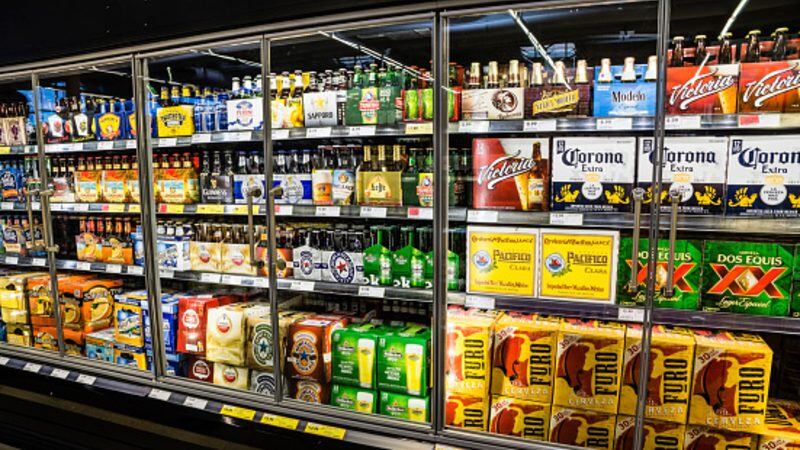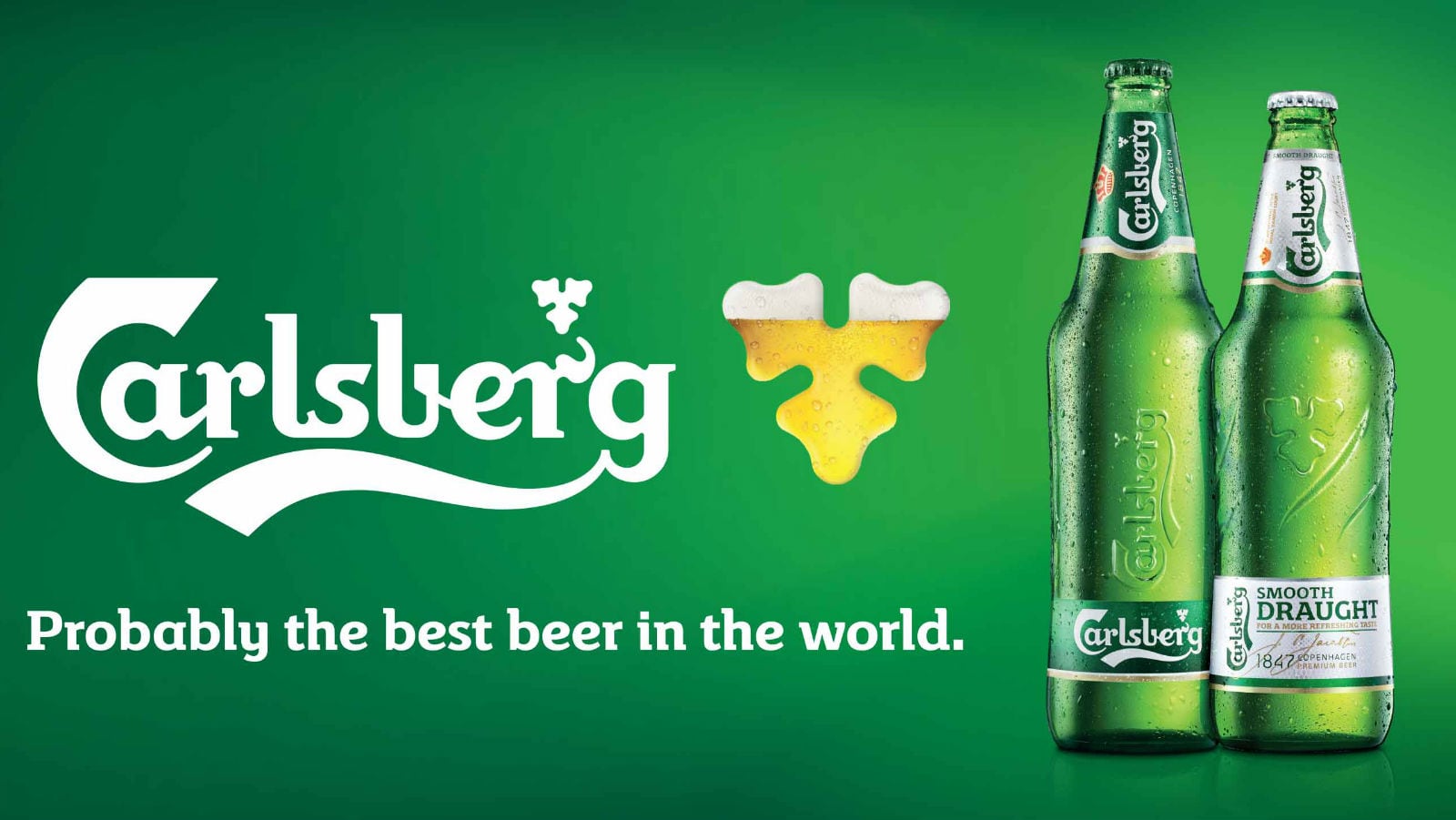The Indian state government of Delhi announced its new excise policy earlier this year, revealing massive changes to liquor regulations and operations in the state including the privatisation of liquor licences.
Delhi has been segregated into 32 zones for liquor licensing. Private bidders can compete for tenders, with the state government exiting the retail liquor business and placing this in the hands of private management.
According to a government affidavit, the new policy aims to ‘achieve optimum revenue for the government, to eradicate the sale of spurious liquor or non-duty paid liquor in Delhi and transform the consumer experience’
“[This is in addition to] simplifying the highly complex heavily regulated excise regime, ensuring ease of doing business in the overall trade and to not allow formation of any monopoly or cartel,” said the Delhi state government.
However, the local alcohol industry is far from impressed.
“It seems to be creating [more potential for] a sort of cartel or monopoly in the alcohol industry – previously there was no such thing as it was either privately owned shops or government-owned liquor shops selling alcohol, but with the new setup there will be no more government shops,” alcohol firm Kyndal Group Managing Director Siddharth Banerji told FoodNavigator-Asia.
“The people that ‘buy’ the 32 zones could be either retailers [like Wave group] or liquor monopolists with the money to pay all the necessary costs and duties to the government upfront, so the government collects this and passes management rights over after setting some principles for them to follow – but no one knows whether these will be followed or not.
“These powerful groups now have the advantage to operate and collect the dues too, and smaller operators will be the ones who cannot operate or just have to go out of business.
“Let’s say one company buys just two zones – it means that just 16 companies will have control of the alcohol industry across the entire Delhi, legally speaking. If one company has the money to buy more zones, then there will be even less [competition].”
Much uncertainty ahead
Even more concerning is that because excise duties and sales taxes previously to be paid to the government no longer exist, and instead depend fully on the management of the zone buyers, the knock-on effect for consumers is unknown.
“Pricing is a big concern and we don’t know yet how this will be impacted, or how consumers will be impacted and whether sales will be affected – things really could go either way,” said Banerji.
“Then there is also the issue of counterfeit alcohol – it is unknown how the removal of excises will affect this and whether it will encourage an increase in production.”
Alcohol was found to be the most adulterated product in India in 2020, according to The State of Counterfeiting in India – 2021 report by the Authentication Solution Providers’ Association (ASPA).
“This policy is definitely going to be very disruptive to trade, and also seems very experimental so we need to see what the short-term, mid-term and long-term effects of this are,” Banerji said.
“There have been a few positives, such as bars and clubs being mandated to buy from local retailers and not wholesale from elsewhere which will help the local industry – but there is also no doubt that the changeover is really rough and not being executed well at the moment.
“One thing that can definitely be said though is that the government’s objective of increasing its revenue has definitely been met via this policy change.”





